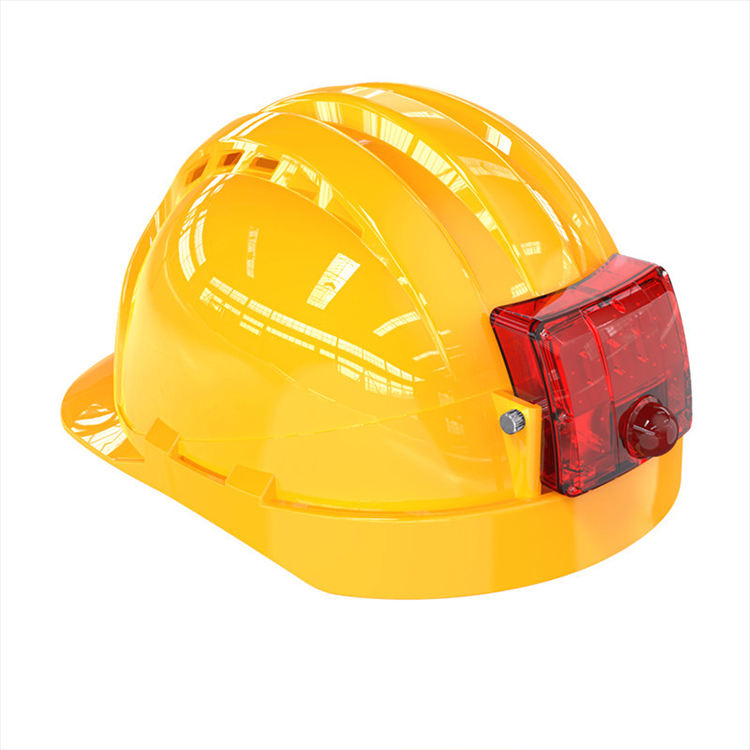safety helmet color manufacturers
The Significance of Safety Helmet Colors in Manufacturing
In various industries, safety is paramount, especially in construction, manufacturing, and other labor-intensive sectors where the risk of injury is high. One of the critical components of workplace safety is the use of personal protective equipment (PPE), with safety helmets being a fundamental item. While the primary function of a safety helmet is to provide head protection, the color of the helmet also plays a vital role in communication, identification, and safety management on a job site. This article explores the significance of safety helmet colors in manufacturing and how different manufacturers approach this aspect in their safety protocols.
Understanding Helmet Color Codes
Safety helmets come in a variety of colors, each serving a specific purpose. The most common colors and their associated meanings are
- White Typically worn by managers, supervisors, and engineers. It denotes authority and is often used to signify personnel who possess advanced training and expertise. - Yellow Commonly used by laborers and construction workers. It suggests a role that involves carrying out basic tasks and functions on site. - Blue Often worn by technical staff or skilled workers such as electricians and plumbers. It indicates a specialized role and level of expertise. - Green Generally associated with safety officers or those responsible for environmental oversight. It signifies a focus on safety and compliance. - Red This color is frequently used for fire marshals and emergency response teams, highlighting individuals with specific responsibilities regarding safety emergencies.
These color codes help to quickly identify a worker’s role, facilitating better communication and coordination among team members. The effectiveness of this system relies heavily on adherence by all team members, making it essential for companies to educate and implement color codes properly.
Manufacturer Responsibilities
Safety helmet manufacturers play an integral role in the effectiveness of helmet color systems. They are responsible for producing high-quality helmets that meet safety standards while also providing customizable options for different colors. Many manufacturers provide guidance and technical support for industries looking to establish or improve their color-coding systems. This guidance often includes recommendations on color visibility, durability, and regulatory compliance.
Moreover, manufacturers also need to stay updated with the latest regulations and standards governing safety equipment. Compliance with organizations such as the American National Standards Institute (ANSI) and the Occupational Safety and Health Administration (OSHA) is critical. These entities outline the specifications for safety helmets, including how they should be designed, tested, and marked, ensuring that the safety of workers is never compromised.
safety helmet color manufacturers

The Psychological Aspect
The color of safety helmets also has a psychological impact on workplace behavior. Research indicates that colors can influence mood and productivity, with brighter colors often associated with increased energy and alertness. A workplace that utilizes a well-defined color code for helmets can promote a culture of safety and awareness. Workers can feel more empowered to communicate hazards and respond to emergencies when they clearly understand each individual's role on-site.
Additionally, a vibrant and organized color system can enhance the overall visibility of workers, reducing the likelihood of accidents and injuries. This visibility becomes even more crucial in heavy machinery and vehicle-dense environments, where quick recognition of personnel can mean the difference between safety and disaster.
Implementing a Successful Color-Coded System
For companies looking to implement or enhance their color-coded safety helmet system, several best practices can be considered
1. Training and Awareness Regular training sessions should be conducted to inform all employees about the importance of the helmet color system. This includes what each color signifies and the roles associated with them. 2. Regular Audits Companies should perform regular safety audits to ensure compliance with helmet color codes and identify areas for improvement.
3. Engagement Encourage employees to provide feedback on the color-coding system. Engagement helps improve buy-in and ensures that the system works effectively for everyone.
In conclusion, the color of safety helmets is more than just an aesthetic choice; it is a critical component of workplace safety in the manufacturing and construction industries. By understanding the significance of helmet colors and implementing a structured color-coding system, manufacturers can enhance safety, improve communication, and ultimately create a safer work environment for all employees. Investing in proper safety helmet management is, therefore, not just about compliance; it's about fostering a culture of safety that protects lives.
-
Top HDPE Safety Helmets - Lightweight, Durable Head Protection
NewsAug.01,2025
-
Top AI Safety Clothing with GPT-4 Turbo | Smart Protection
NewsJul.31,2025
-
Face Shield Safety Helmet with GPT-4 Turbo AI Safety
NewsJul.31,2025
-
CE Working Clothing for Construction & Welding Safety
NewsJul.30,2025
-
Premium Safety Helmet with Visor for Construction & Industrial Use
NewsJul.29,2025
-
High-Quality CE Working Clothing for Safety and Construction
NewsJul.29,2025
